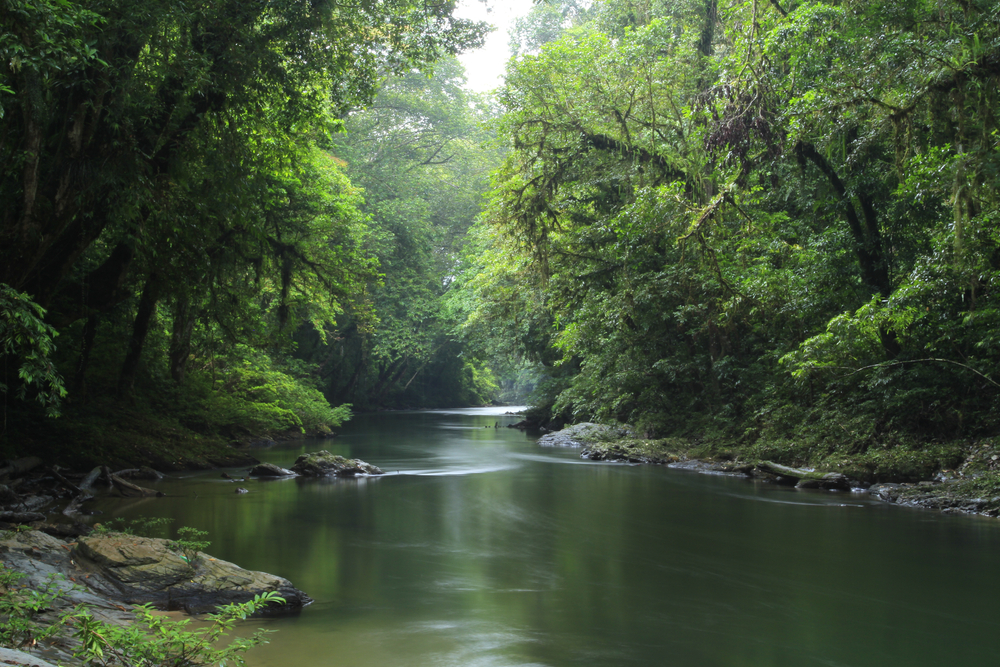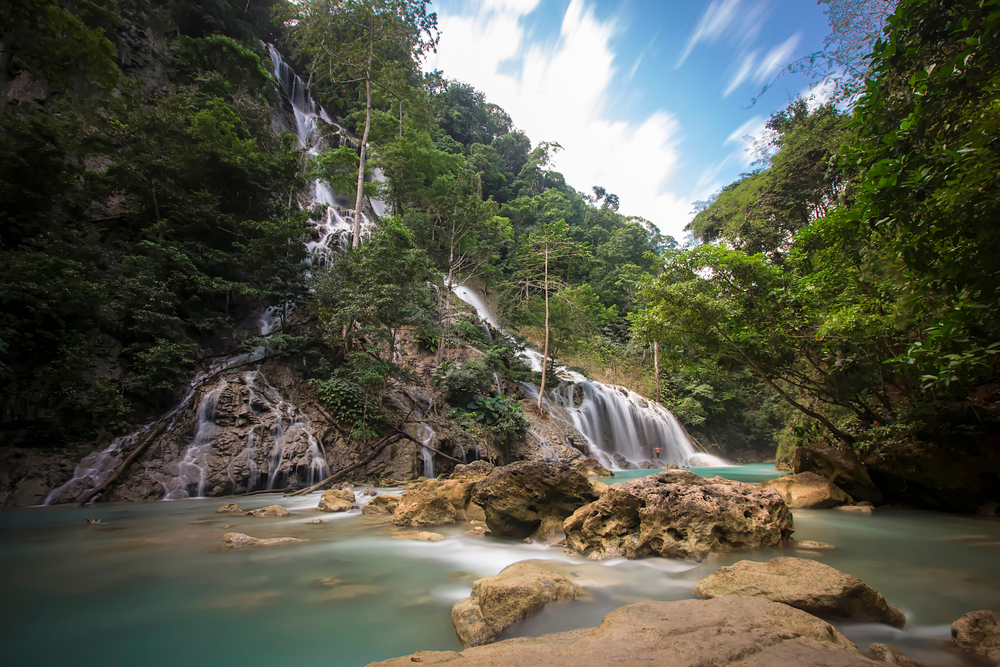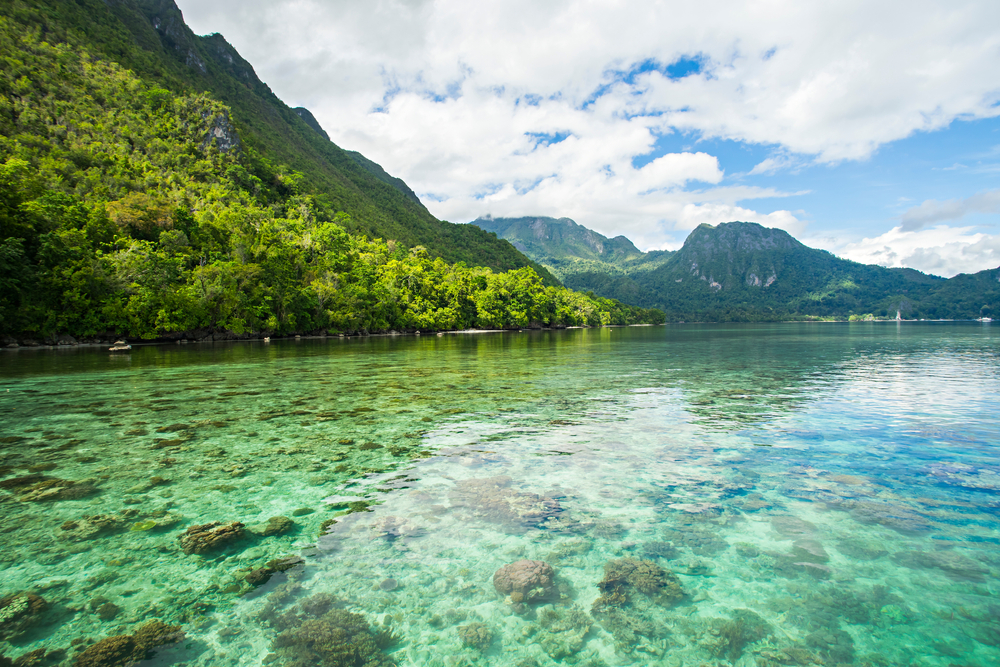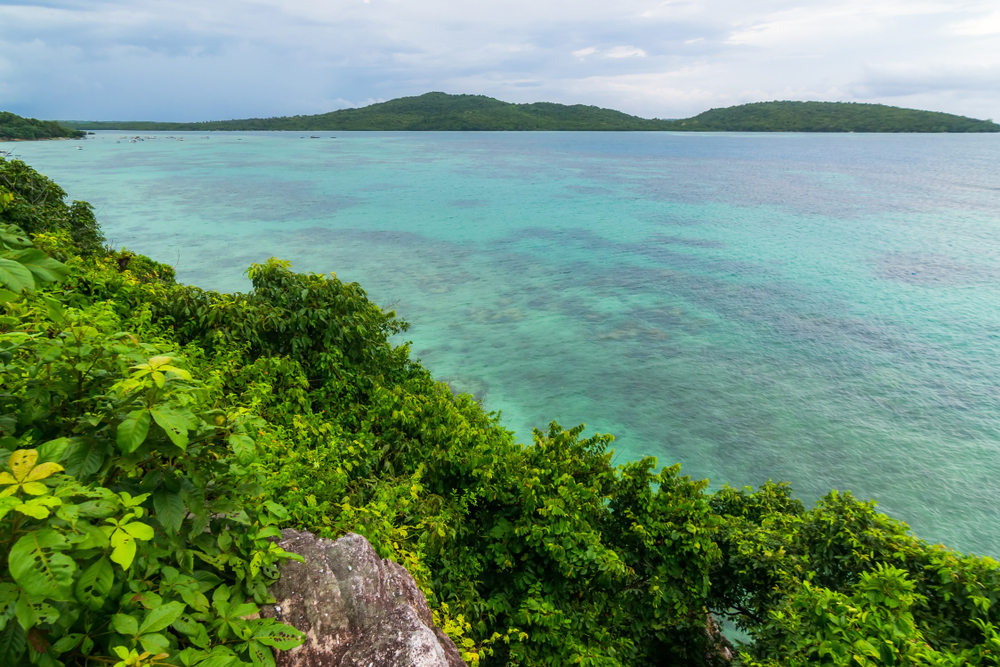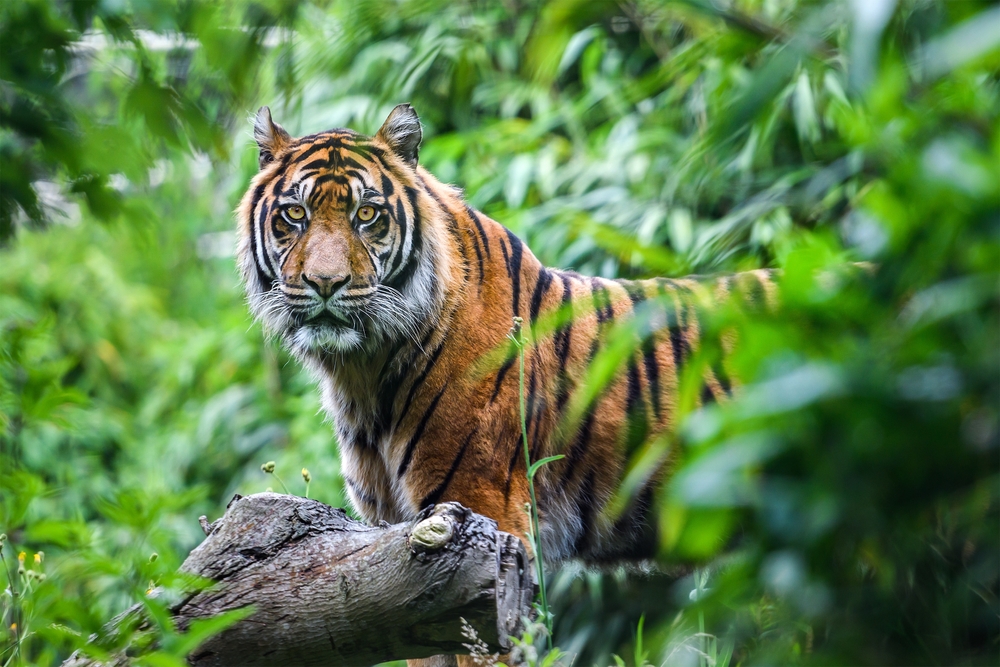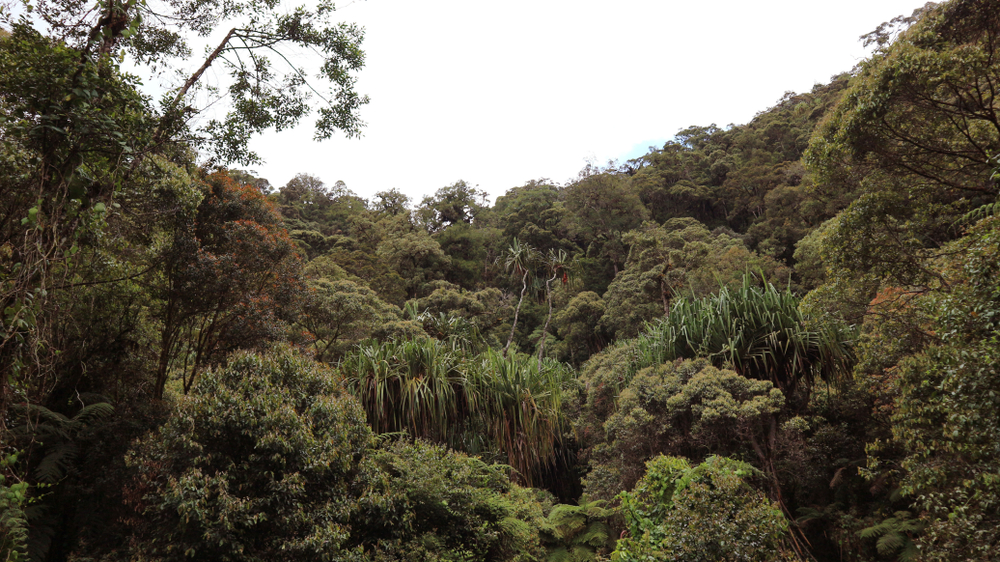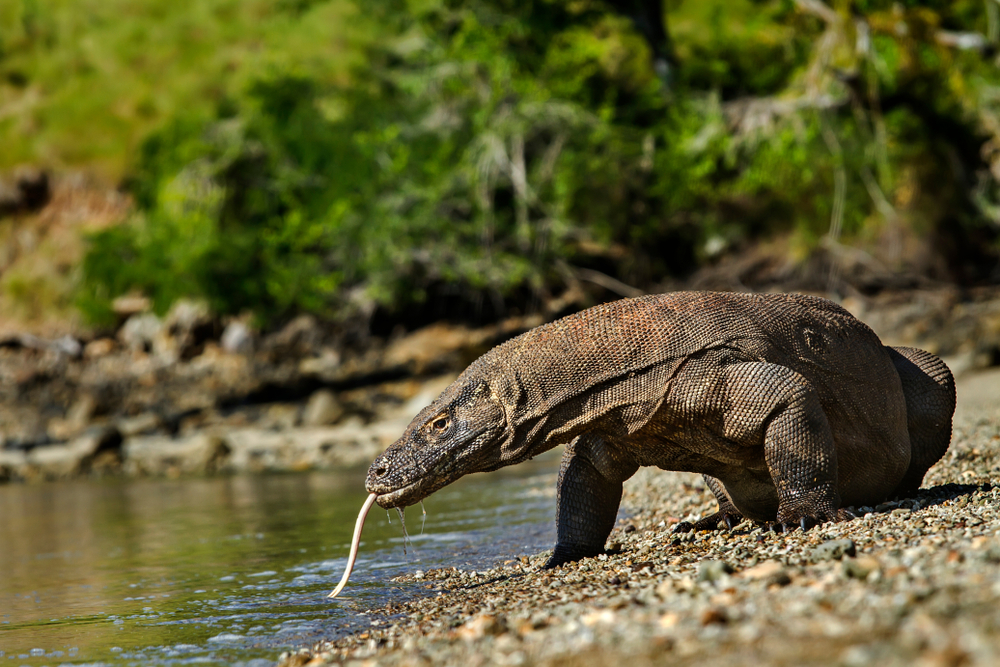Betung Kerihun Overview
Betung Kerihun National Park, known locally as Taman Nasional Betung Kerihun, is a sprawling protected area in the heart of Indonesian Borneo. Covering approximately 3,757 square miles (9,000 square kilometers), this park is located in the Kapuas Hulu Regency of West Kalimantan Province, near the border with Malaysia.
As part of the Heart of Borneo initiative, this UNESCO World Heritage Tentative List site is a critical piece of a tri-national conservation effort to preserve the world’s third-largest rainforest. The park’s terrain is defined by its dramatic mountainous landscapes, dominated by the Muller Mountain Range, with peaks like Mount Betung and Mount Kerihun lending the park its name.
Elevations range from lowland forests at around 165 feet (50 meters) to alpine zones reaching over 6,560 feet (2,000 meters). The Kapuas River, Indonesia’s longest river, originates in this park, winding its way through dense forests, steep gorges, and cascading waterfalls, creating a vibrant mosaic of habitats. The vegetation here is a mix of lowland dipterocarp forests, submontane forests, and montane forests, with rare orchids and endemic plant species adding to its botanical richness.
The wildlife in Betung Kerihun National Park is as diverse as its landscapes. This biodiverse sanctuary is home to key mammals such as the Bornean orangutan, Malayan sun bear, and clouded leopard. Smaller yet equally fascinating species like the Sunda pangolin and the proboscis monkey are also part of the ecosystem.
Birdwatchers will delight in spotting species like the rhinoceros hornbill, black-and-yellow broadbill, and the Bornean ground cuckoo, with the park hosting over 300 bird species. Its rivers and streams teem with aquatic life, including endemic fish species that are crucial to the local ecosystem.
Visitors to Betung Kerihun are drawn by its pristine wilderness and opportunities for adventure. The park offers canoeing and rafting on the Kapuas River, allowing explorers to navigate its rapids and immerse themselves in the heart of the rainforest.
Trekking through its dense jungles and rugged mountain paths provides chances to encounter wildlife and take in breathtaking vistas. Cultural interactions with the indigenous Dayak communities, who inhabit the surrounding areas, enrich the experience, as visitors can learn about their traditions and sustainable practices.
The park faces conservation challenges, including illegal logging, poaching, and encroachment by agricultural activities. However, there have been significant conservation successes, including reforestation programs, wildlife monitoring initiatives, and collaborations with local communities to protect natural resources. As part of the Heart of Borneo initiative, international cooperation has bolstered efforts to preserve this vital ecosystem for future generations.








































































